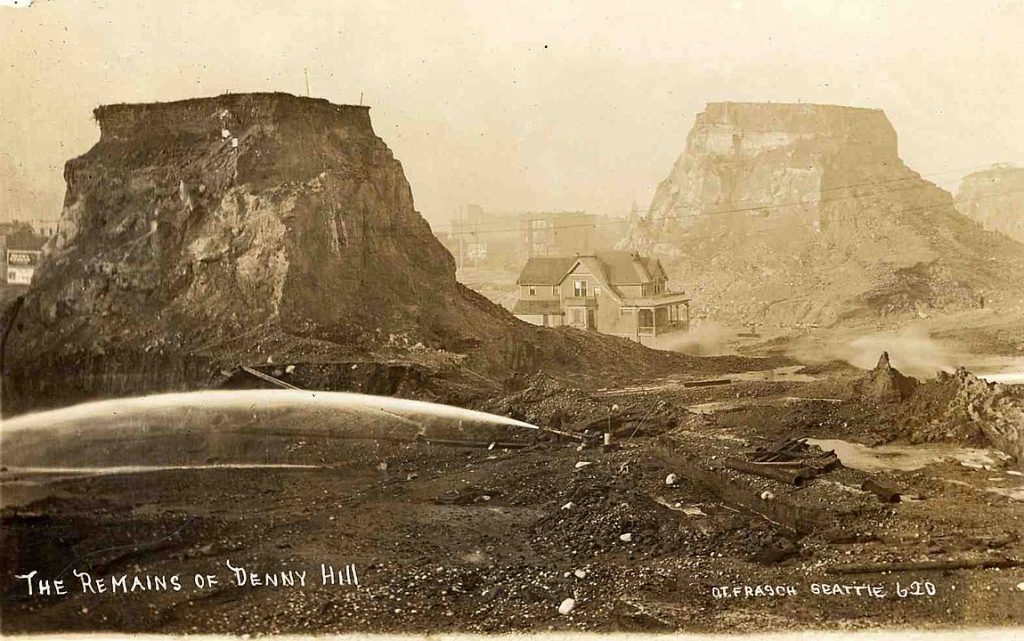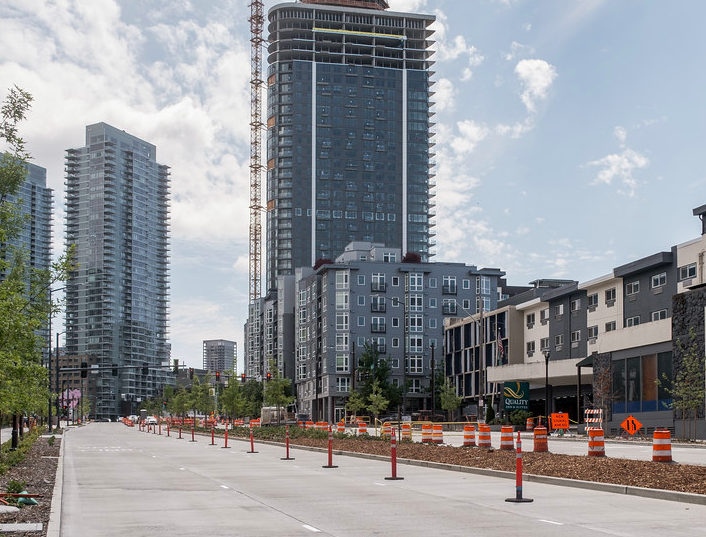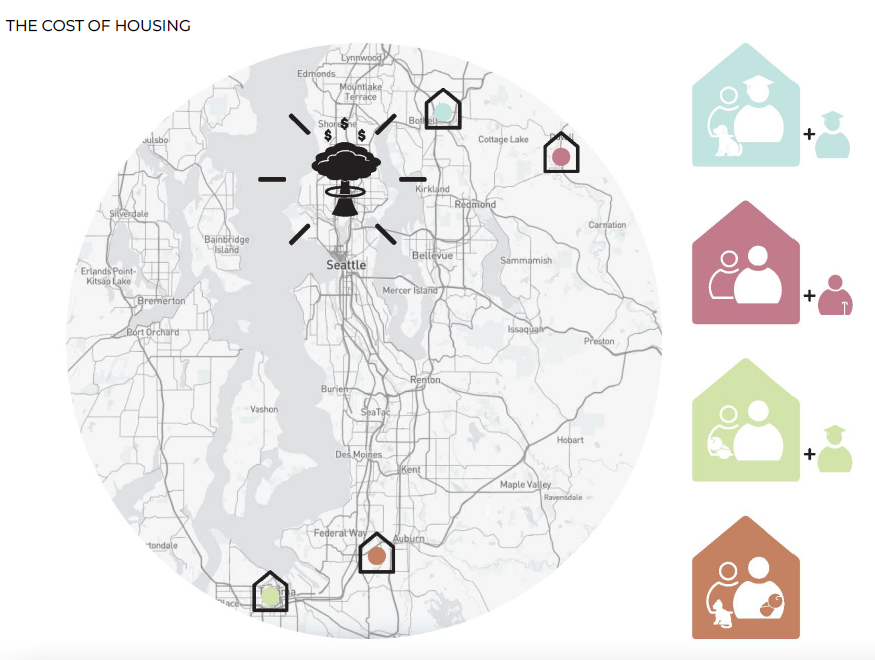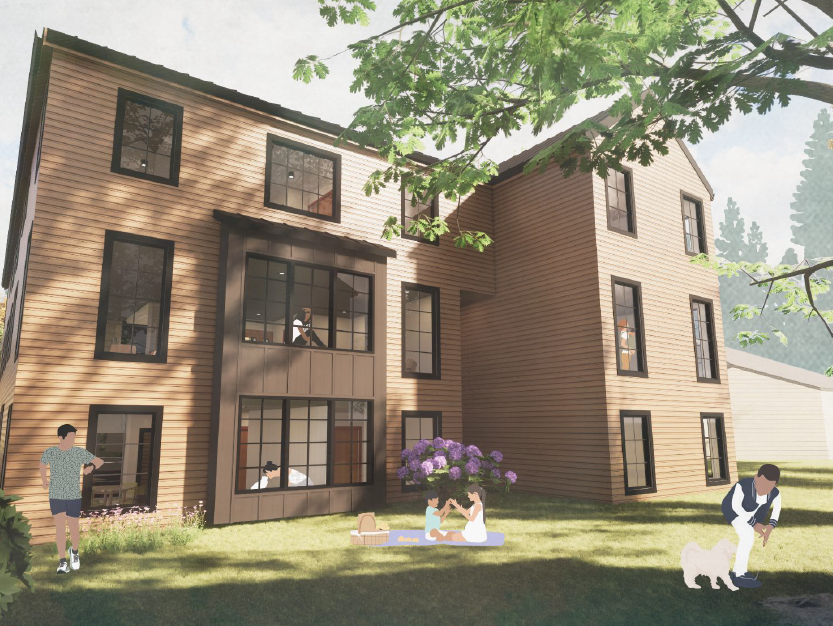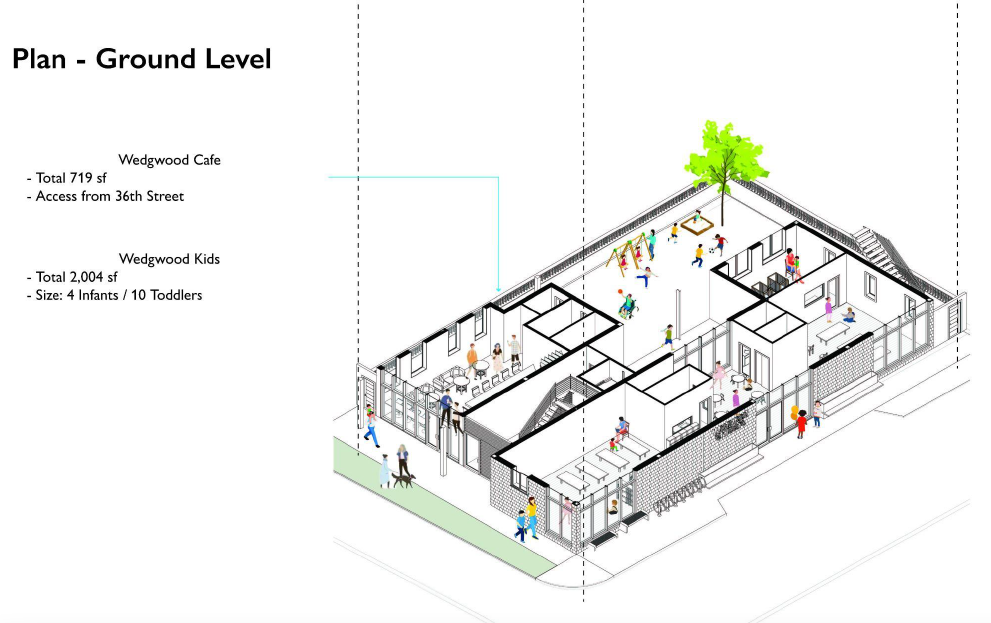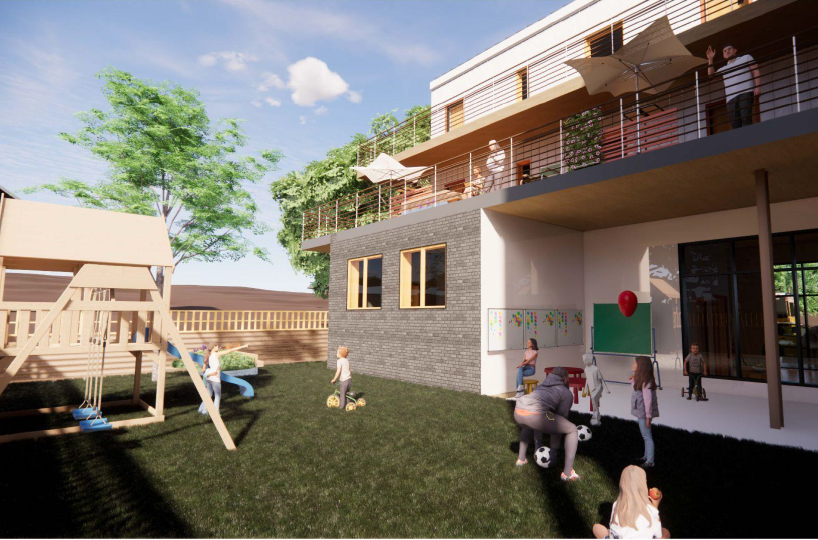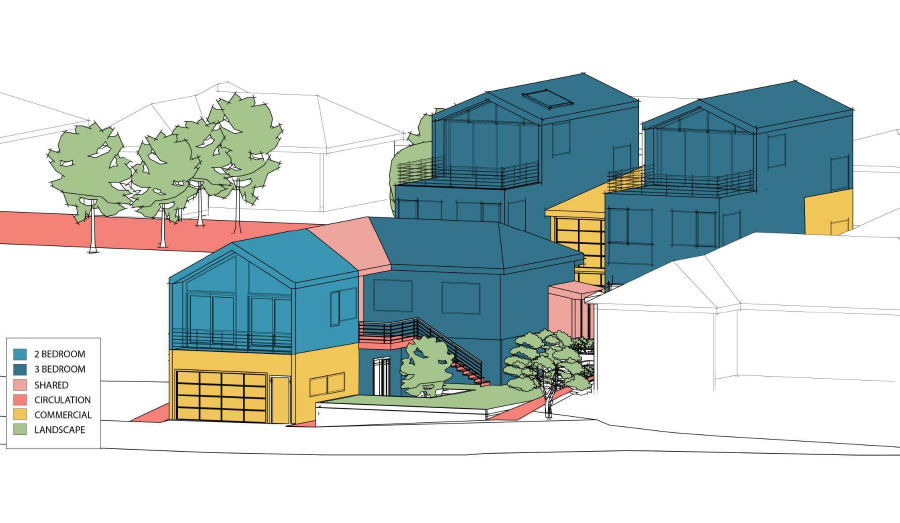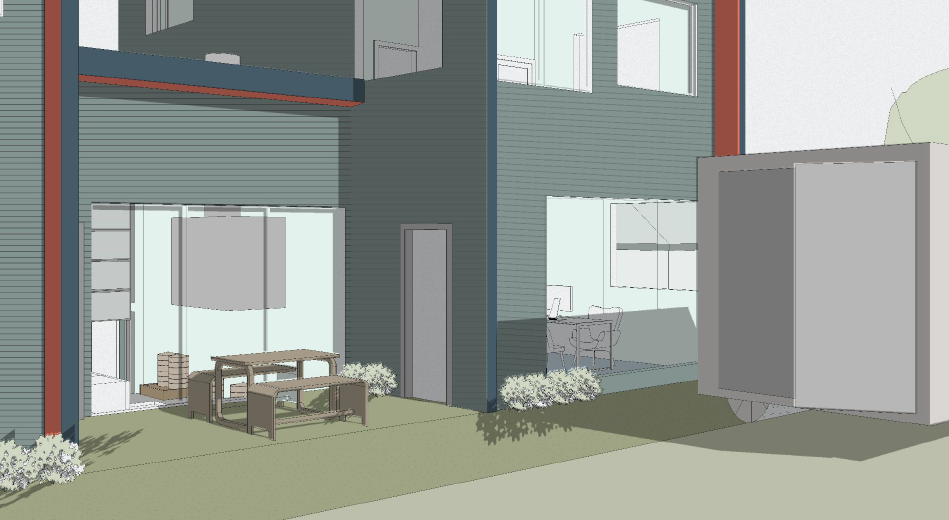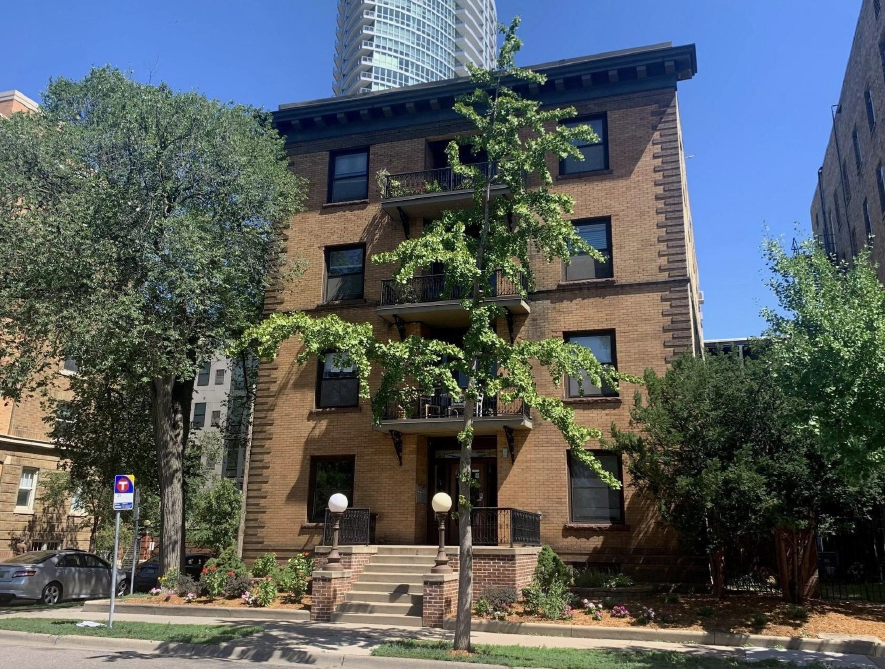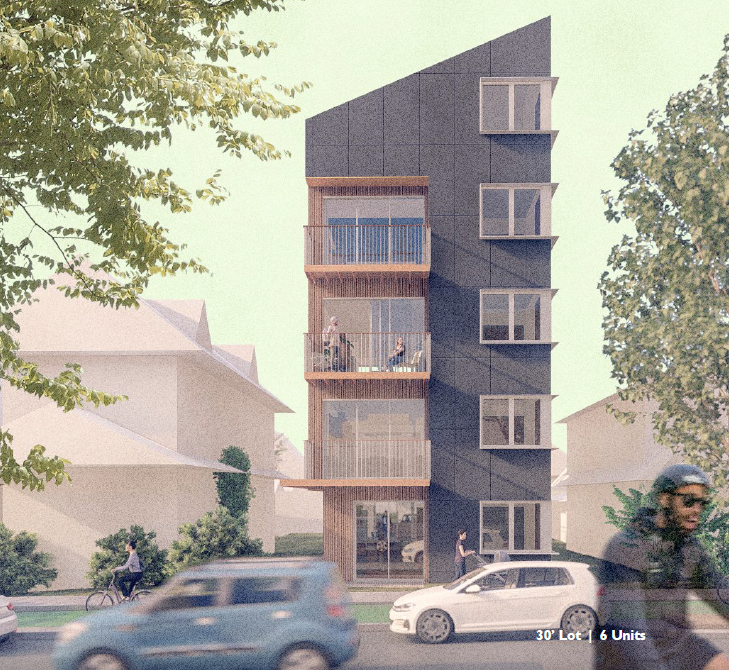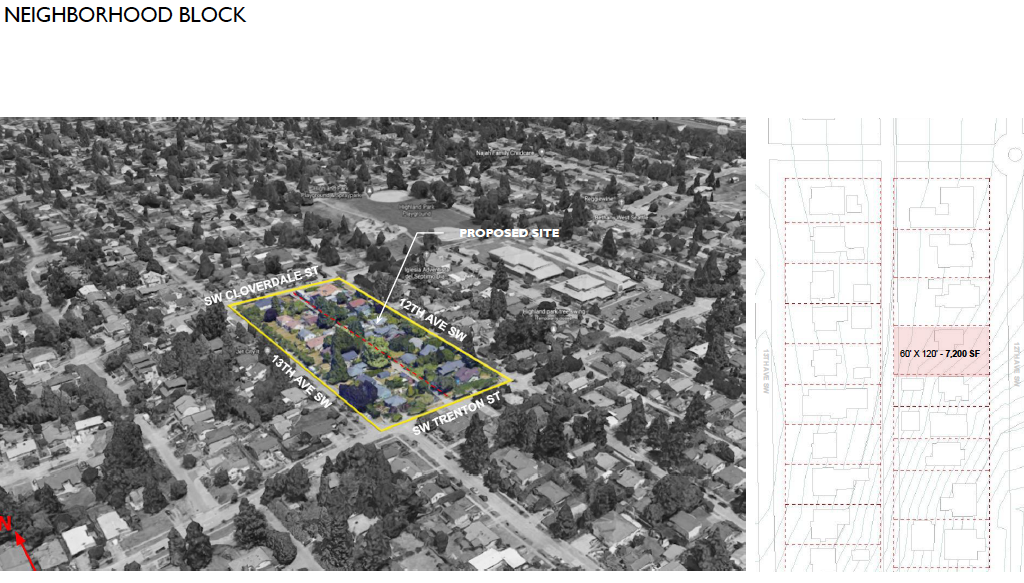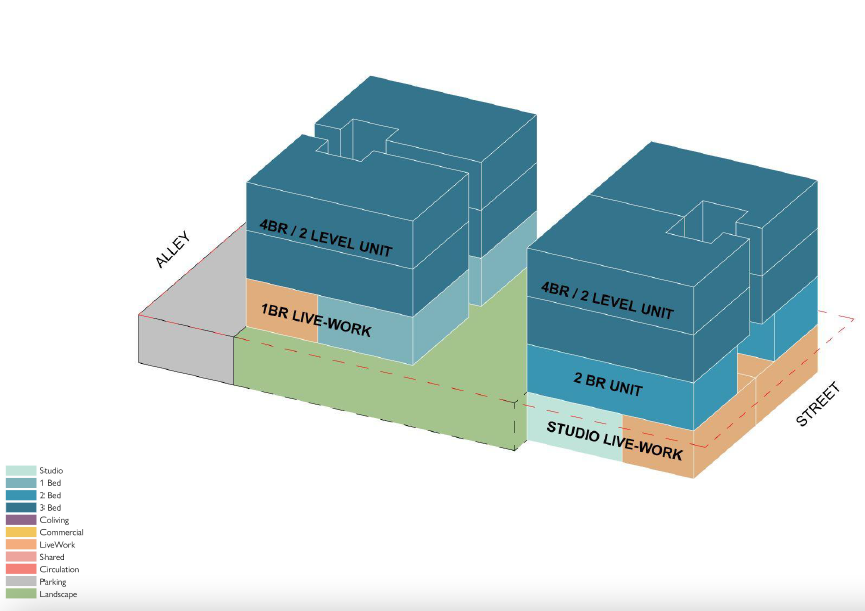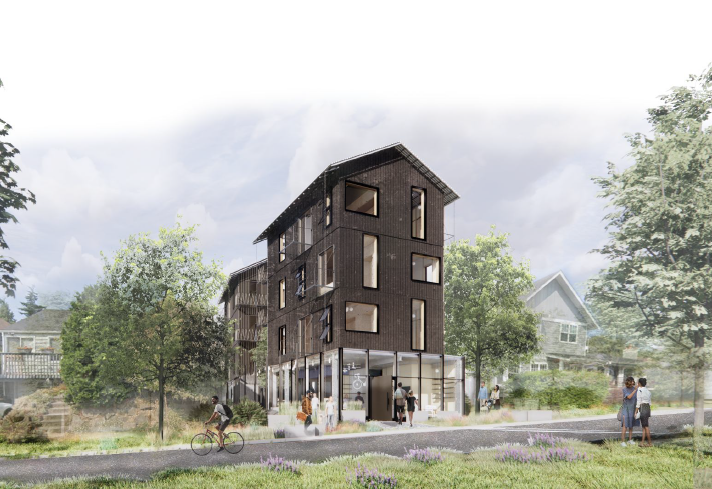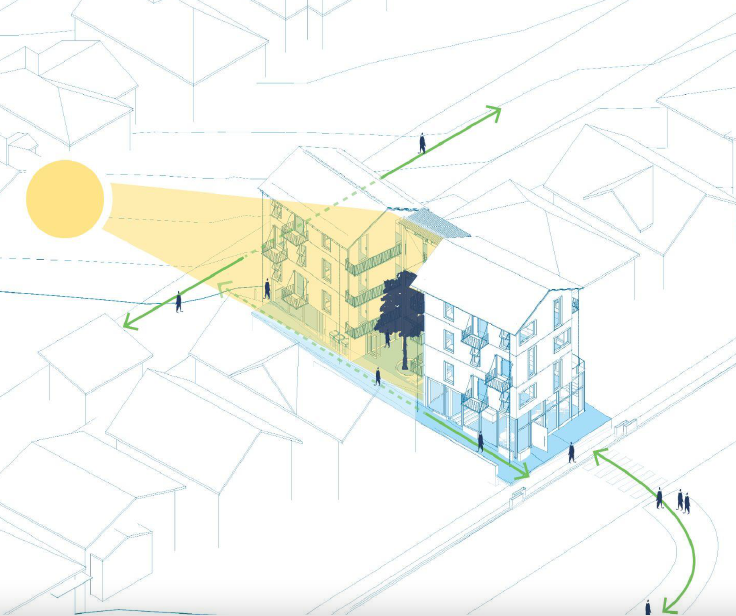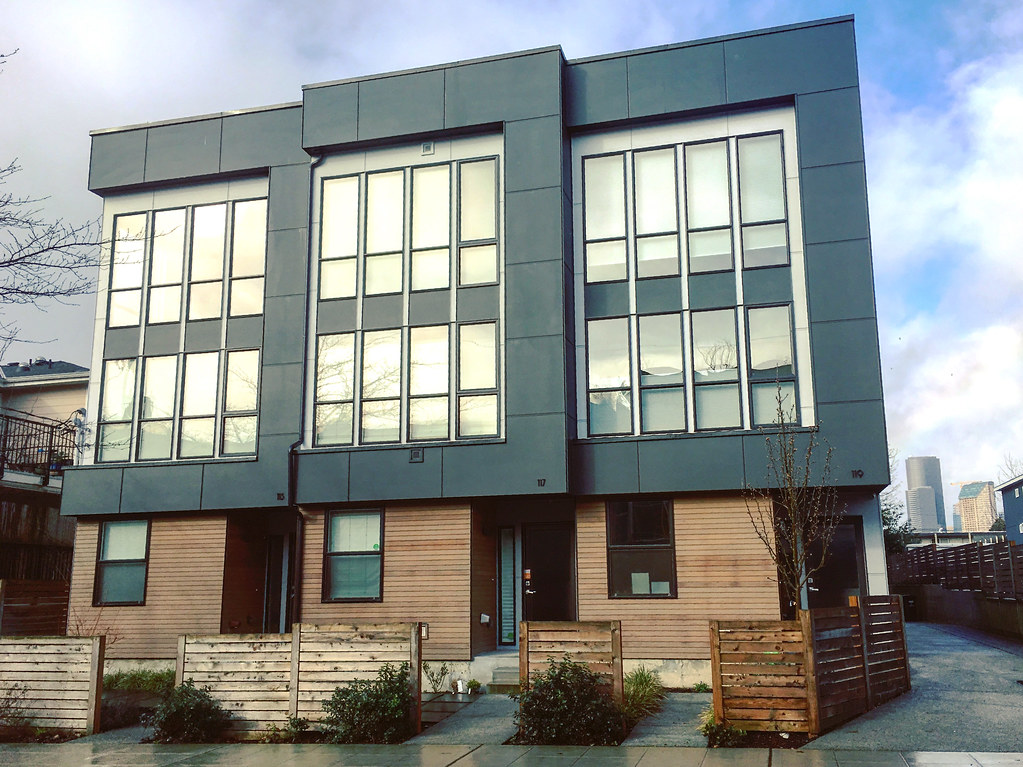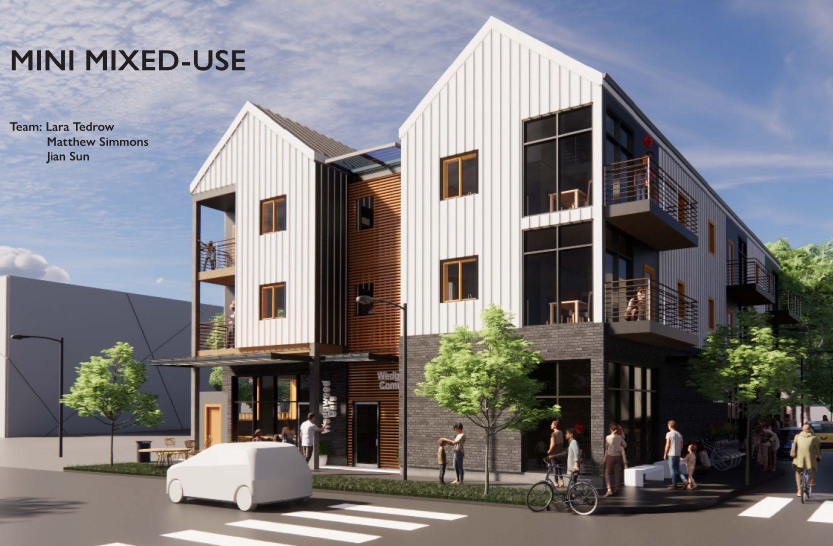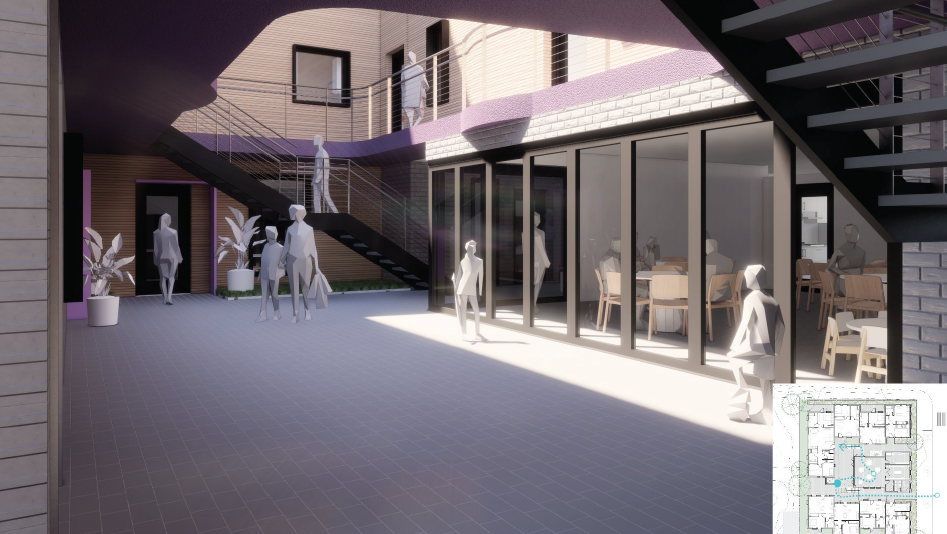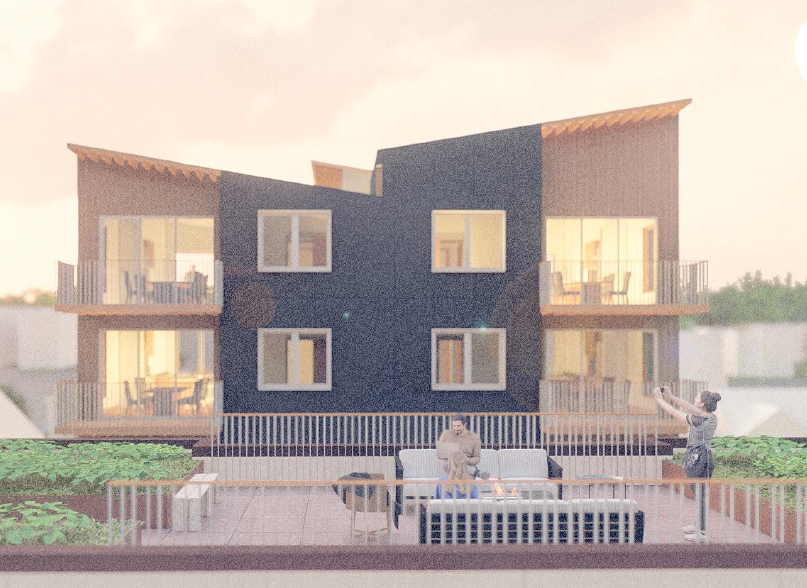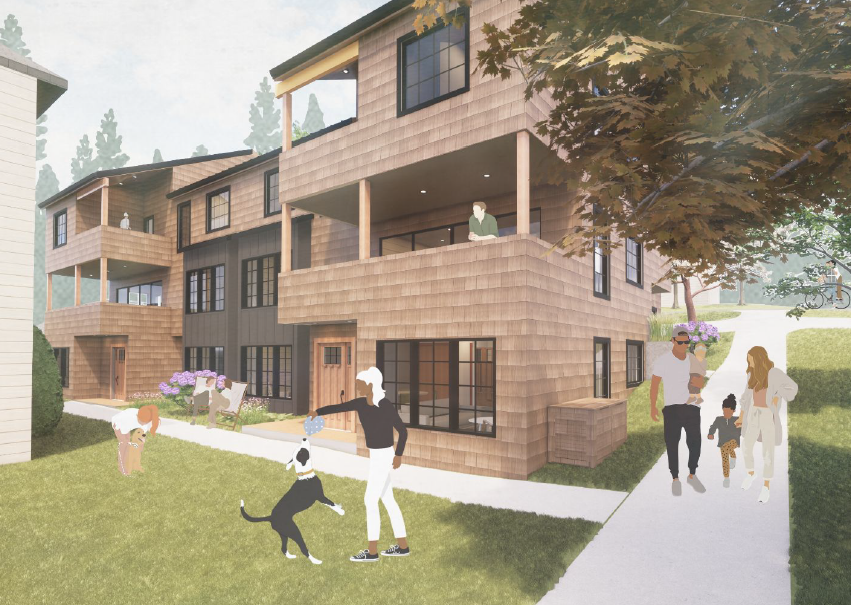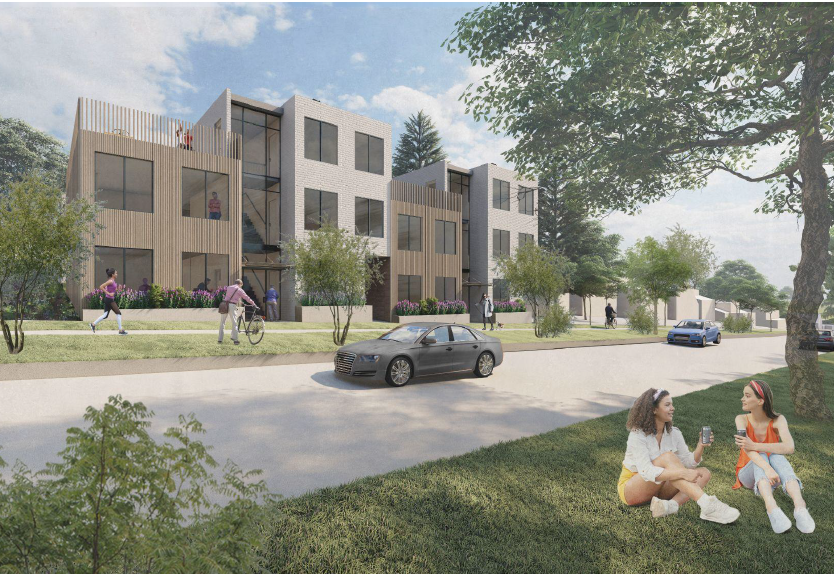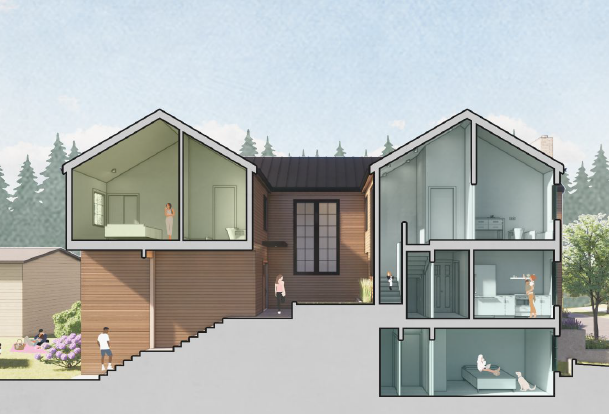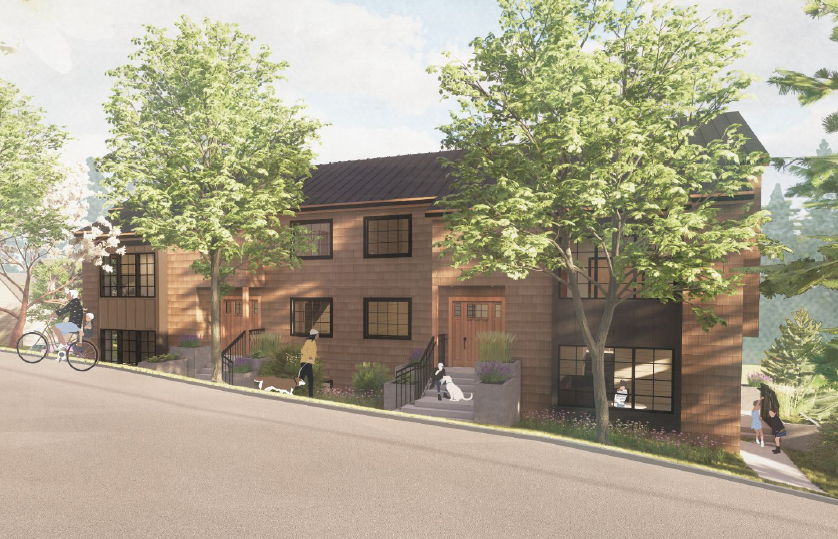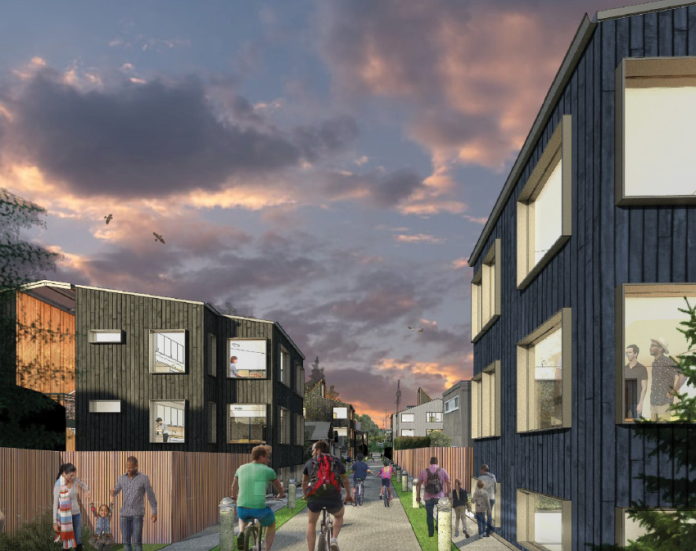
What do we want this city to be? And who do we want it to belong to?
In a recent essay published by the New York Times, Ismail Muhammed posed the questions above about New York City — a city he first encountered as a college student and then returned to eleven years later. Upon returning to New York, Muhammed discovered a post-pandemic city caught in the grip of an affordable housing crisis, a situation not too different from the one faced by the estimated 20,100 new arrivals who moved to Seattle over the last year.
While New York may hold more mythic status as a destination, Seattle is also a city that’s been shaped by migration — and like New York, throughout most of its history, newcomers to Seattle have had a place to land. But today with the average one bedroom apartment costing above $2,000 a month in rent the price of entry is much higher than in the past.
Twentieth-century Manhattan was a city in which arrivals could reliably find a place for themselves, no matter how abject or ignored that place was. Twenty-first-century Manhattan presents an altogether different set of problems: How can new arrivals make a home here if there is no affordable space for them?
Ismail Muhammed, What Do We Want From Our Next New York?
The reality of cities is that they are alive. Cities, and the neighborhoods within them, are not fixed to a single moment in time or population of people. They grow and change as the waves of people who inhabit them age, move, take root, and die. Blighted to bourgeois, or vice versa, many cities experience startling transformations over time.
Think of the Denny Hill retrograde of the early 20th century, which shaved off over a hundred feet of elevation from the terrain rising at the north end of Downtown Seattle, destroying nearly 400 single and multifamily homes along with hotels, warehouses, and over two dozen horse stables, a city staple that would be destined to disappear in the next couple decades anyway.
Now as the tech hub of South Lake Union, construction of glass office and condo towers is transforming the cityscape there in a way that’s just as dramatic. But like those stables, will large centralized office buildings have a role in Seattle’s future? The shift to remote and hybrid work environments has changed what felt like a certainty into an open question.
Season to season, nature bears down its force on cities as well, resulting in changes that can be subtle, or as they have been in our accelerating climate crisis, profound and fast. Think of how not long ago Seattle summers weren’t associated with the threat of wildfire smoke.
Shortly after reading Muhammed’s essay, I attended a presentation by University of Washington architecture graduate students in which they shared their concepts for missing middle housing design with the goal of reestablishing housing diversity in Seattle’s residential neighborhoods. Over a couple hours of taking in their presentations, I realized that what the students’ designs were articulating was more than ideas for how to increase housing diversity in Seattle: the design concepts were expressing their deeply held desires for the homes they long to have in Seattle — and thus what they want next Seattle to be.
In his introduction to the presentation, architecture professor Rick Mohler explained that it had been beyond the scope of the design studio to perform stakeholder outreach, but he also said that he felt that did not disqualify the work since “the students themselves represent a generation priced out of Seattle. They are themselves legitimate stakeholders.”
Some students were new arrivals, while others were lifelong residents, but what this priced-out generation longed for contained many common themes grounded in personal details.
One student who had grown up in Seattle shared how the housing crisis had driven her and her childhood friends farther and farther outside of the city, so what she wanted was to design a cluster of townhomes in which they could each affordably own their homes while sharing green space and living close to each other.
Another student who had recently moved to Seattle with his young family imagined a small apartment building outfitted with a daycare for his children to attend and a coffee shop for him to study and work in.
There was the vision of an existing single-family home expanded into a multifamily home with a dumpling shop that would allow for a student to keep her multi-generational family living together under one roof with the opportunity for business ownership.
Another housing design was inspired by the memory of an affordable, light-filled apartment in Minneapolis located in front of a bus stop and was reimagined for a warmer, but cloudier city.
The designs were thoughtful, but what made them so striking to me was how they felt so tied to the present moment in which we are exiting the pandemic and entering into a new city — the next Seattle. What do we want this city to be? And who do we want it to belong to? To me, the students’ answer was simple. They wanted the next Seattle to be a city they — a generation currently priced out — could choose to lead a quality life. Making this possible seemed to fall into four themes: increasing affordable housing choices, creating intentional community, maximizing access to green space, and finding creative ways to fill in the gaps in neighborhoods.
Theme 1: increasing affordable housing choices
Each group of students was assigned to one of five neighborhoods: Delridge, Wedgewood, Loyal Heights, Hillman City/Seward Park, or Madison Park. Throughout Seattle’s history, these neighborhoods have varied significantly in their demographic diversity and affordability, yet none of them could today be truly defined as affordable.
Not surprisingly, affordability emerged as a central theme across the designs, followed closely by the mix of housing types. By transforming lots zoned for single-family development in space for multiple units ranging from studios to three-bedrooms, the students replaced the outdated vision of the single-family “starter home,” which has often come up in discussions around changing single-family zoning in Seattle, to a new concept for a denser city.
These small to mid-size multiple family developments demonstrated how increasing affordability and housing choices go hand and hand. A young person entering the workforce might want to be able to live in a small studio in Loyal Heights to have a walking commute to work, while a senior may want to live near the recreational opportunities provided by Seward Park. Providing people with more options simply means a wider range of people can find places to live that fulfill their wants and needs.
Allowing buildings to rise a few stories higher and creating more flexibility around building setbacks reaped big benefits for housing affordability and choices in the students’ designs without substantially altering the look and feel of the neighborhoods they were designed for.
Theme 2: creating intentional community
Prior to the pandemic, studies showed that loneliness and social isolation were major issues in the US, and many indicators point toward the social distancing necessitated by the pandemic exacerbating that trend. So, it’s not surprising that finding ways to create community in living spaces was a major theme across nearly all of the designs.
Rather than prioritize the need for individual space, as is found in many U.S. housing designs, including many of the contemporary townhouse designs found in Seattle in which separation and private space are maximized as much as possible within in increased density, the students’ designs focused on creating interactions between residents in order to intentionally create community.
This was achieved by creating shared courtyards, roof decks, and patios; adding balconies and stoops; including small commercial spaces within buildings; and designing exterior staircases to serve as open connectors between homes.
Theme 3: maximizing access to green space
For many people, enjoying the outdoors and natural environment of the Pacific Northwest while still having the convenience of living in a city is one of Seattle’s major benefits. In the students’ designs, maximizing access to sunlight, fresh air, and green space remained top priorities while still increasing housing density. How green space was incorporated into the building design varied based on the location, lot size, and nearby amenities. In some cases, green space came in the form of a shared lawn or courtyard for the building, while for others it meant maximizing engagement with nearby parks.
Theme 4: filling in the gaps in neighborhoods
While all of these designs were intended to show how it would be possible to increase density and housing choices within Seattle’s single family neighborhoods, some design teams confronted issues like challenging topography or street configurations.
Using creative techniques, the designs showed over and over how when given enough flexibility it’s possible for architects to create desirable multifamily homes in challenging environments rather than leaving the lots vacant or underdeveloped.
A vision for the “One Seattle” comprehensive plan update
In addition to the destabilizing impact of the pandemic and a consistent pattern of population growth, there is another factor that makes the present moment one in which it’s important to reflect on Seattle’s future. Outreach is beginning from the City of Seattle for a major update to the Comprehensive Plan.
As The Urbanist recently reported, the City has revealed five different rezoning concepts for public comment. If you haven’t yet read up on the alternatives, now is the time to do so. And as you consider the possibilities, remember to keep in mind what you want Seattle to be and who you want to belong in it. The decisions written into this update will guide the city’s growth until 2035, so who participates in the process, and what desires they convey, will shape a critical period of Seattle’s development — for the people who live here now and all those who have yet to arrive.
Natalie Bicknell Argerious (she/her) is a reporter and podcast host at The Urbanist. She previously served as managing editor. A passionate urban explorer since childhood, she loves learning how to make cities more inclusive, vibrant, and environmentally resilient. You can often find her wandering around Seattle's Central District and Capitol Hill with her dogs and cat. Email her at natalie [at] theurbanist [dot] org.

